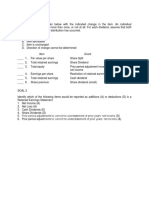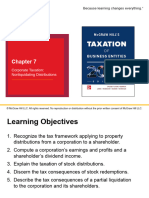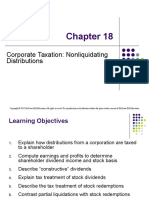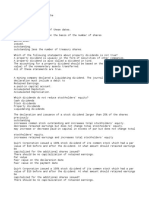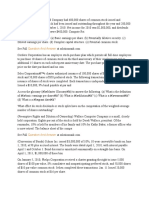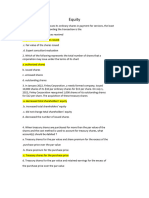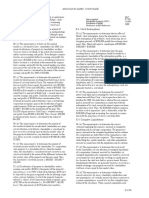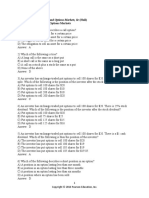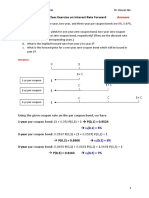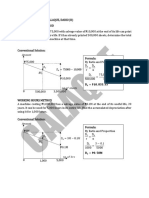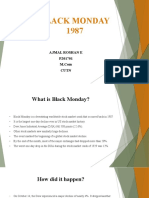0% found this document useful (0 votes)
1K views14 pagesChp7 Quiz
The document discusses the tax treatment of various corporate distributions and the calculation of current Earnings & Profits (E&P) for different companies. It provides examples of how distributions are classified as dividends or capital gains based on the company's E&P status and shareholder tax basis. Additionally, it explains the implications of stock redemptions and the attribution of stock ownership under family attribution rules.
Uploaded by
Renaldo RibeiroCopyright
© © All Rights Reserved
We take content rights seriously. If you suspect this is your content, claim it here.
Available Formats
Download as DOCX, PDF, TXT or read online on Scribd
0% found this document useful (0 votes)
1K views14 pagesChp7 Quiz
The document discusses the tax treatment of various corporate distributions and the calculation of current Earnings & Profits (E&P) for different companies. It provides examples of how distributions are classified as dividends or capital gains based on the company's E&P status and shareholder tax basis. Additionally, it explains the implications of stock redemptions and the attribution of stock ownership under family attribution rules.
Uploaded by
Renaldo RibeiroCopyright
© © All Rights Reserved
We take content rights seriously. If you suspect this is your content, claim it here.
Available Formats
Download as DOCX, PDF, TXT or read online on Scribd
/ 14






